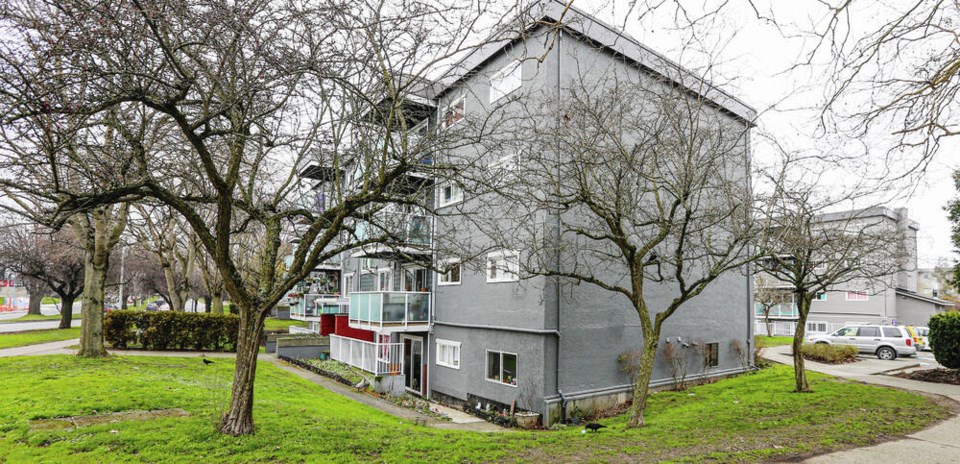Housing is fundamental to health. That should not be a surprise, especially in a country with Canada’s climate. The health impacts of being homeless or living in poor-quality housing are well understood, and must be obvious to anyone.
But it is not just homelessness that is a concern — there is a much larger problem of affordability. Lack of affordable housing can markedly affect people’s physical, mental and social wellbeing.
In a July 2021 report commissioned by the City of Victoria, local housing and homelessness researcher Nicole Chaland noted: “Homelessness exists against the backdrop of the affordable housing crisis. Shortages of affordable housing for the lowest income group cause new inflows to homelessness and prevent exits from homelessness.”
She reported that according to 2016 census data, 10,480 households in the CRD with an income of less than $23,536 met the definition for extreme core housing need by spending half or more of their income on rent. A further 2,500 households with incomes between $23,536 and $44,456 were also in extreme core housing need.
The situation is particularly severe in the City of Victoria. An October 2020 report from the CRD noted 61 per cent of Victoria households are renters, the vacancy rate is low, rental costs have risen over the past 15 years and there has been “little development of new primary rental market units.”
The problem is simple, and hardly news — there is not enough affordable housing for low and moderate-income families in this region.
Much of the blame must be laid at the feet of the federal government, which abandoned support for social housing in the early 1990s. This resulted in “drastic reductions in the amount of affordable housing available,” notes the Canadian Observatory on Homelessness.
In Canada, the right to housing has finally been legally recognized in the 2019 National Housing Strategy Act, notes the National Right to Housing Network. The network adds: “This means recognizing that all people have the ‘right to live somewhere in security, peace and dignity,’” as the UN puts it.
The act “requires the government to implement reasonable policies and programs to ensure the right to housing for all within the shortest possible timeframe. It also means priority must be given to vulnerable groups and those in greatest need of housing,” and it establishes a national housing council and a federal housing advocate.
But securing the right to housing is not just a national problem; it is also a local one, as University of Washington professor Gregg Colburn and his colleague Clayton Aldern point out in a recent interview with the Sightline Institute in Seattle about their book Homelessness Is a Housing Problem.
“Homelessness needs to be understood as a problem driven by a lack of access to housing,” they say. “It is a market failure. People are forced out of stable housing or are unable to access it when housing markets don’t provide sufficient and affordable options.”
Put simply, inadequate increase in housing stock drives prices up, which is particularly problematic for low-income households.
So it is good news that the City of Victoria’s Rapid Development of Affordable Housing bylaw is going to a public hearing on April 14. The city notes that it has heard the current approach, by adding time to the process, “adds risk to a project and increases costs and makes it challenging for non-profits to deliver homes to those most vulnerable in our community.”
So it proposes changes to streamline the process specifically for the fairly small number of proposals each year for “housing that is wholly owned and/or operated by a registered non-profit residential housing society or government agency.”
In essence, proposals for such developments that meet design guidelines, fit within existing residential zoning and do not exceed the density allowed by the Official Community Plan could be approved by the director of sustainable planning and community development, and not go to council. Together, these changes will result in “time savings of three to nine months.”
This addresses one key aspect of affordability, and will help to improve the wellbeing of the most vulnerable and low-income people. It will be followed by policies for “villages and corridors” and the “missing middle,” which will help further. More on that soon.
Dr. Trevor Hancock is a retired professor and senior scholar at the University of Victoria’s School of Public Health and Social Policy.



